Varner Hall, home of the University of Nebraska’s central administration, has doubled its budget in the past decade even as the university’s three undergraduate campuses face declining enrollment and potential cuts.
From 2014 to 2024, the University of Nebraska Office of the President’s yearly expenses increased by about 110%, adjusted for inflation. Over the same time period the budget at the University of Nebraska-Lincoln, NU’s flagship campus, decreased by 0.3%.
University system officials say those increases were driven by the centralization of IT services, procurement and the management of campus facilities, cost-saving measures that began in 2018.
Pulling those multi-campus costs under one roof saved the university system millions of dollars and is generally considered a success, said Chris Kabourek, chief financial officer and interim NU president.
But not everyone is onboard with an increasing amount of money and power moving from the campuses to NU’s system-wide headquarters.
More decisions that impact the university’s research and teaching are being made in Varner Hall, where there is no formal faculty representation, said Julia Schleck, vice chair of the English department and member of UNL’s chapter of the American Association of University Professors. That worries some professors, she said.
“So the fact that it comes with increased spending, at a moment when we are cutting academic programs that we used to offer to Nebraska students, is particularly concerning,” Schleck said.
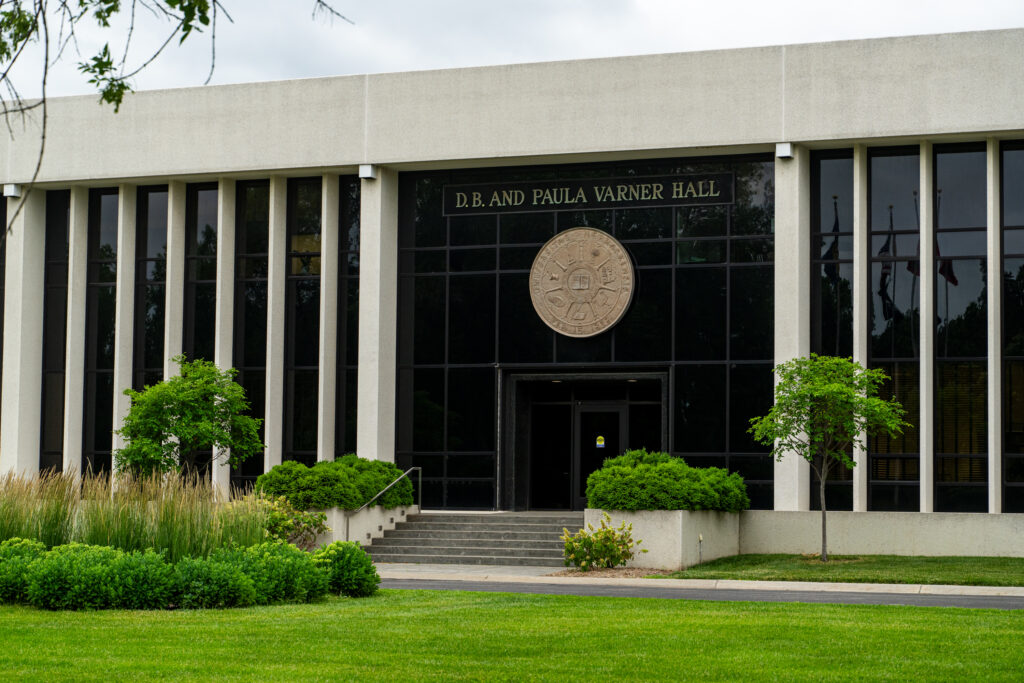
It’s clear that this push for consolidation at NU is just beginning.
Fewer teenage Nebraskans, forecasted continued declining enrollment and an ambitious goal to get back into the Association of American Universities are spurring NU leaders to look for more services to centralize, Kabourek said. The goal: Free up money to invest in academics.
As Varner Hall’s spending grows and individual campus administration shrinks, leaders are considering an existential question: Should there be one University of Nebraska?
“Just looking at the data, we have to be very candid with ourselves. The status quo is not working,” Kabourek said. “Our academic rankings are not where we want them to be. Our research rankings are not where they want us to be.”
Ballooning Budget
In the past three years, the university’s central administration – which oversees campuses in Lincoln, Omaha and Kearney, an ag-tech college in Curtis and the NU Medical Center – has spent $27 million more than the University of Nebraska at Kearney.
The Board of Regents recently approved cuts to UNK’s Theatre, Geography, and Recreation programs due to declining enrollment. Over the past decade, UNK’s budget has shrunk by about 14%.
Lincoln’s campus saw a slim decrease over the same period. Omaha and the Medical Center both grew, by 8% and 9% respectively. No individual campus experienced budget changes anywhere near the President’s Office, which doubled its expenditures.
This same budgetary trend is happening across the U.S. higher education map.
“There is generally a push to, instead of each university taking things on, have it be done centrally, especially with some of the smaller institutions down in enrollment,” said Robert Kelchen, higher education finance researcher at the University of Tennessee, Knoxville.
But when universities shift services to the center, those changes hollow out employment opportunities in rural areas and lower capacity at those campuses, Kelchen said.
The Office of the President’s spending leapt from about $91 million to $155 million, adjusted for inflation, when IT services and facilities management were centralized in 2018. Spending has steadily grown since.
While university officials attribute that growth mainly to the added services, those aren’t the only line items driving the budget higher.
Spending on system administration – salaries for the university leadership including the president and legal team – also more than doubled. Recently, NU hired more attorneys and consolidated internal auditors from individual campuses into Varner Hall, Kabourek said.
“The idea is it’s a lot cheaper to have, I think we’re up to 12, attorneys functioning at one versus every campus having eight to 10,” Kabourek said.
A category called “general administration” has also grown by 85% in the past decade. This includes funds allocated by the Legislature, money then budgeted for specific programs and passed along to campuses, Kabourek said.
Presidential salaries, rising across the country, have also contributed to the system administration’s expenses.
“Some of it is, when I first started, we paid a president $200,000,” Kabourek said. “And now we’re paying the president a million dollars.”
Varner Hall has also gained a handful of smaller programs, including the Buffett Early Childhood Institute, which are budgeted by the President’s Office but operate across the campuses. Together, these programs made up about $25 million of budget growth.
The number of full-time system administrators in Varner Hall actually fell by around 20% during President Ted Carter’s tenure, Kabourek said, as leaders didn’t fill unfilled positions.
But with the additional services now under NU’s central umbrella, the workforce has ballooned. In 2014, there were 200 budgeted employees on the central administration payroll. In the most recent year: 506.
“Administrators tend to breed more administrators,” said Anna Sillers, data analyst for the American Council of Trustees and Alumni. “Policy changes lead to more administration, data requirements lead to more administration.”
Growing pains
While centralizing operations has saved the university millions of dollars, the changes have left some faculty worried that top-down decision making will hinder their work.
There are non-voting student regents from each campus on the Board, but no faculty regents. While administrators at the campuses do often work directly with the Board, Schleck said, there are no regular meetings between any faculty body and Varner Hall to advise decisions being made there.
“It’s resulted in some recent, incredibly problematic decisions that have at least inconvenienced and at worst significantly endangered some of the research mission of some of the faculty,” Schleck said.
The IT department, now a part of Varner Hall, made necessary changes in the university’s web security system. The programs allowed for greater internal surveillance, Schleck said, which endangers confidentiality agreements for research conducted with human subjects.
In order to secure federal funding for studies, Schleck said, confidentiality standards must be upheld. Researchers now aren’t sure if they’re able to provide that confidentiality because there aren’t policies protecting that data.
“We realized it very late … but (the professor’s union) caught and questioned it and spent the year drawing up all of the potential impacts on faculty and students,” Schleck said. “But of course, this is all post implementation of the policy.”
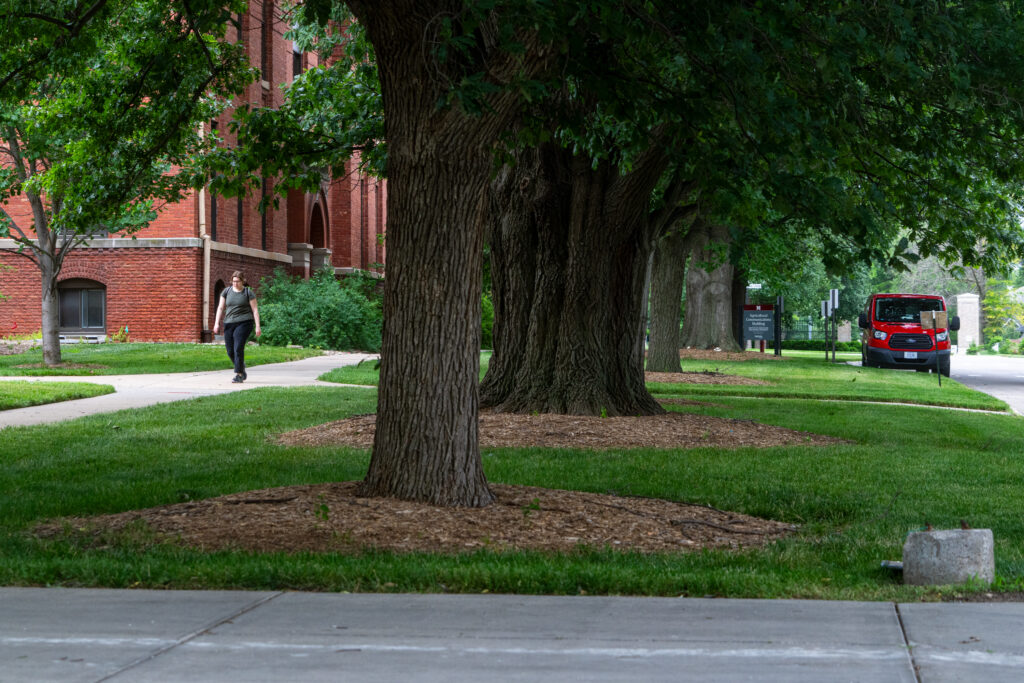
University leadership and IT had to make timely decisions that impact faculty members, Kabourek said, to ensure the university is secure from cyber attacks.
Varner Hall’s IT team consulted with the UNL Faculty Senate before the policy went into effect, said Melissa Lee, chief communications officer.
“There may be some who disagree with the policy that devices on the University’s network should follow University standards,” Lee said. “But disagreeing with a policy is not the same as not having the opportunity to provide input.”
While there is room for improvement with faculty representation in Varner Hall, Kabourek said, faculty have the chance to give input on any changes at public board meetings.
“There’s a pretty significant communication gap. On our side, we don’t know what’s going on with Varner Hall,” Schleck said. “Decisions come down from on high. Sometimes they’re fine. Sometimes they’re really problematic for us.”
One NU and the AAU
Despite the cuts to academic programs at UNK, university officials said they’ve generally tried to cut back-office functions over academics.
But now that the university has picked off lower hanging fruit, additional cuts might impact academics, Kabourek said. Incoming president Dr. Jeffrey Gold has already been working to identify duplicate programs across the campuses, Kabourek said. It will be an “all hands on deck” effort.
The university’s overarching goal is to be the first institution readmitted to the Association of American Universities after UNL was removed in 2011, in part because the AAU places less importance on agriculture research. Every other Big Ten school is part of the AAU.
UNL and UNMC are considered separate institutions for research reporting purposes, another hindrance to their rankings, Kelchen said. It’ll be a challenge to get back into the AAU even without budget cuts.
The university appears poised to clear one hurdle.
The National Science Foundation will allow UNL, UNMC and the Buffett Early Childhood Institute to start reporting research together, Kabourek said – but with the requirement that it’s part of a broader strategy to unify the university’s structure.
The university, he said, has already made that commitment to unification.
Part of Gold’s charge as the incoming president is to implement a plan for return to the AAU, Kabourek said. It’ll take significant investments.
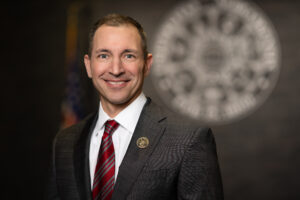
“To get to where we want to go, we have to have all 50,000 of our students or 15,000 faculty rowing in the same direction,” Kabourek said. “Because we’re competing with Michigan and Ohio State and Minnesota, and it’s going to take all of us working together to get there.”
To be competitive with those schools, a rebrand may be in the future for some campuses. Research has shown the red block “N” symbol used by UNL is Nebraska’s most recognized across the country, Kabourek said.
“I understand people are proud of the O, or the Loper, or the shield at the Med Center,” Kabourek said. “Those have value, but we have to think about what’s best for Nebraska, best for our students and faculty. And if we’re really serious about competing, we’re gonna have to think differently.”
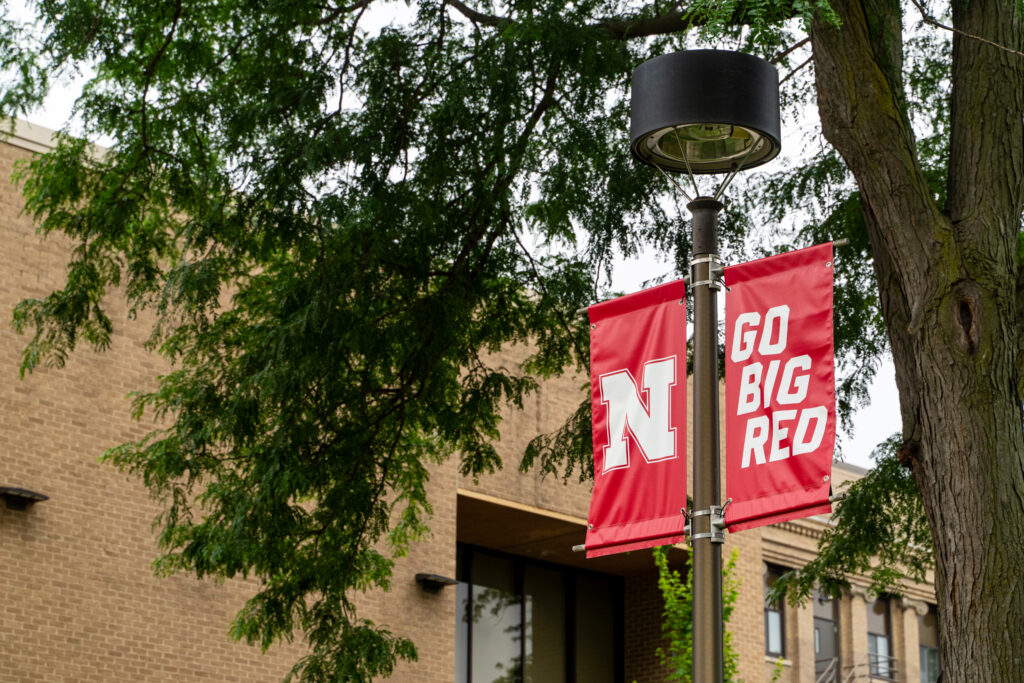
There was no plan to become a single entity under the “N” when the President’s Office started to centralize functions in 2018, Kabourek said. But now, as NU faces more financial headwinds, the relative success of those consolidations is inspiring leaders to consider more consolidation.
Next year’s proposed budget, up for consideration at Thursday’s Board of Regents meeting, aims to bring the system’s multi-million dollar deficit to zero with proportional budget cuts across the board and a tuition increase. The Office of the President will face its own share of cuts, Kabourek said.
“Now, if we don’t have some of the hard conversations of five versus one, we’ll be in the same place nine months from now,” Kabourek said. “It’s important to get a wide variety of opinions and make sure it’s transparent, but time is not on our side.”

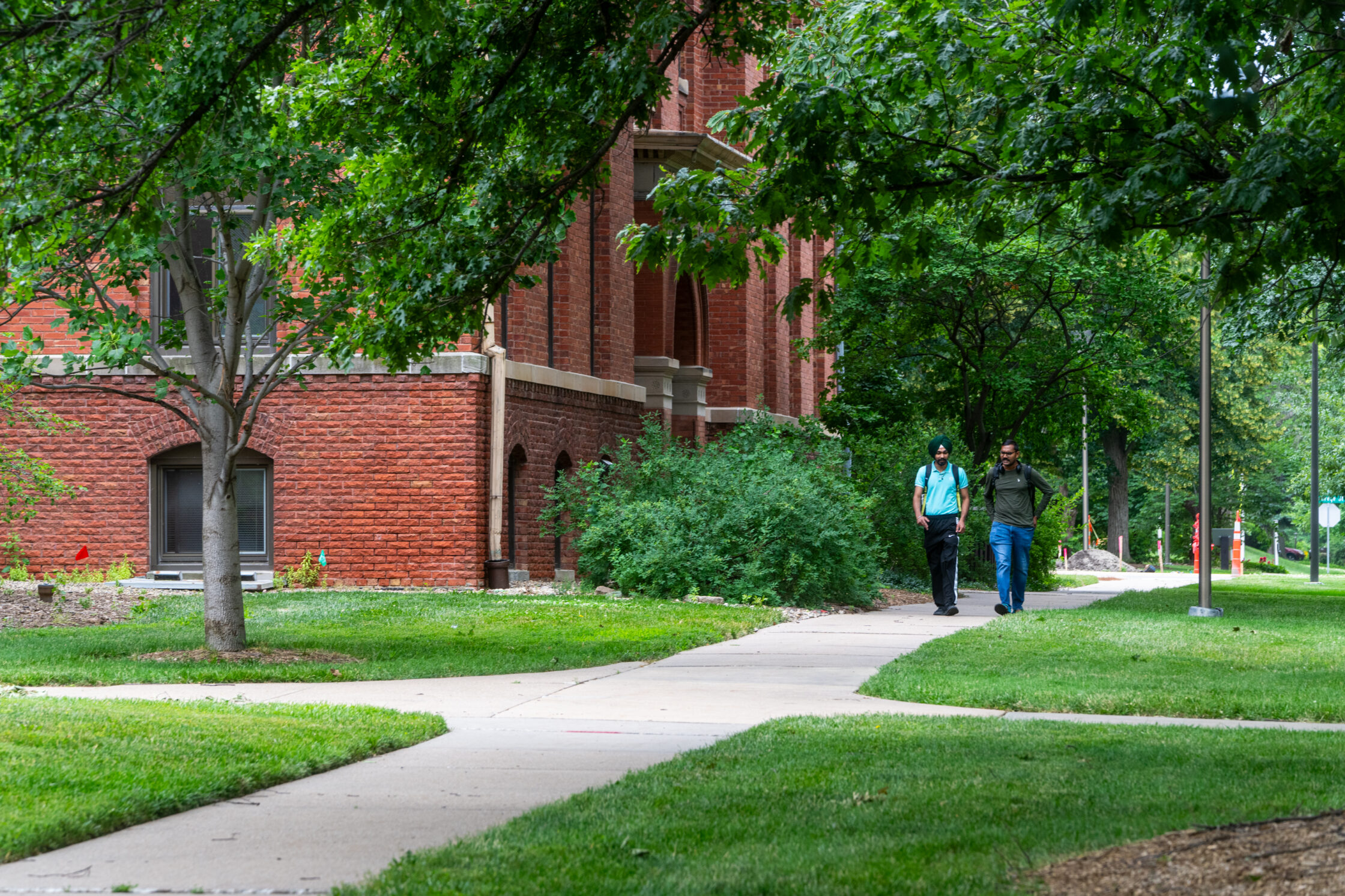

1 Comment
Great reporting!